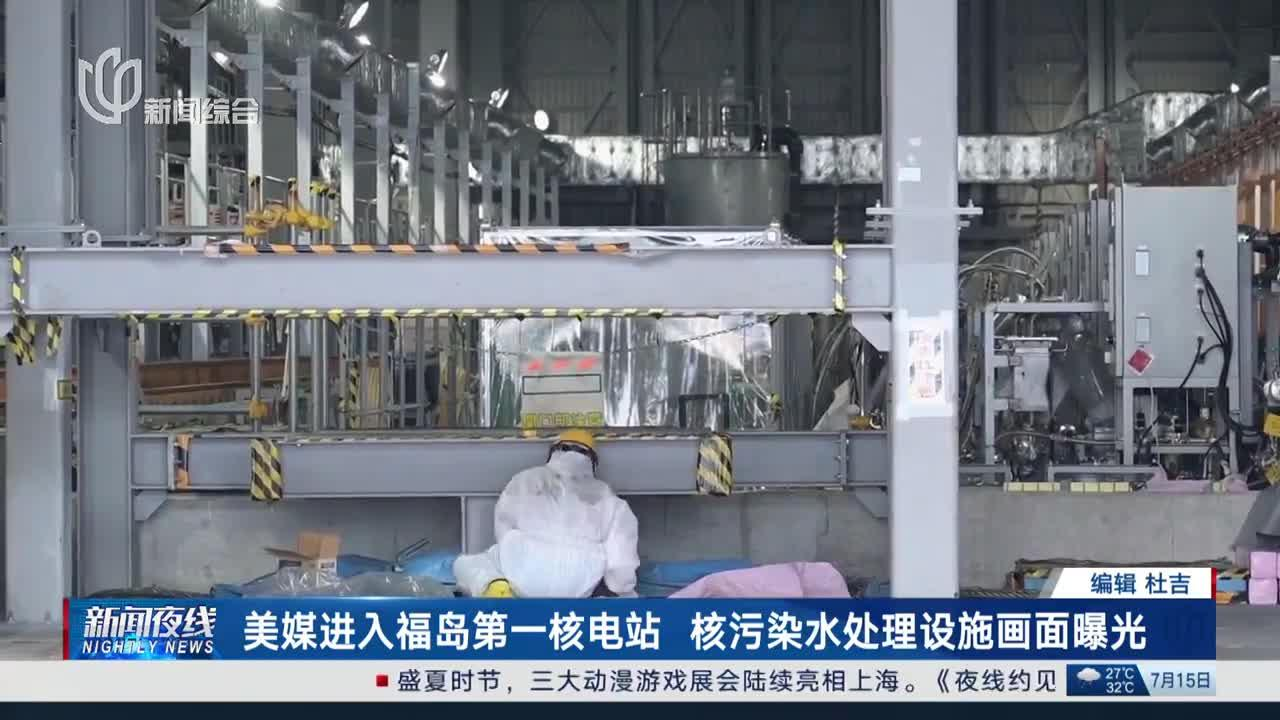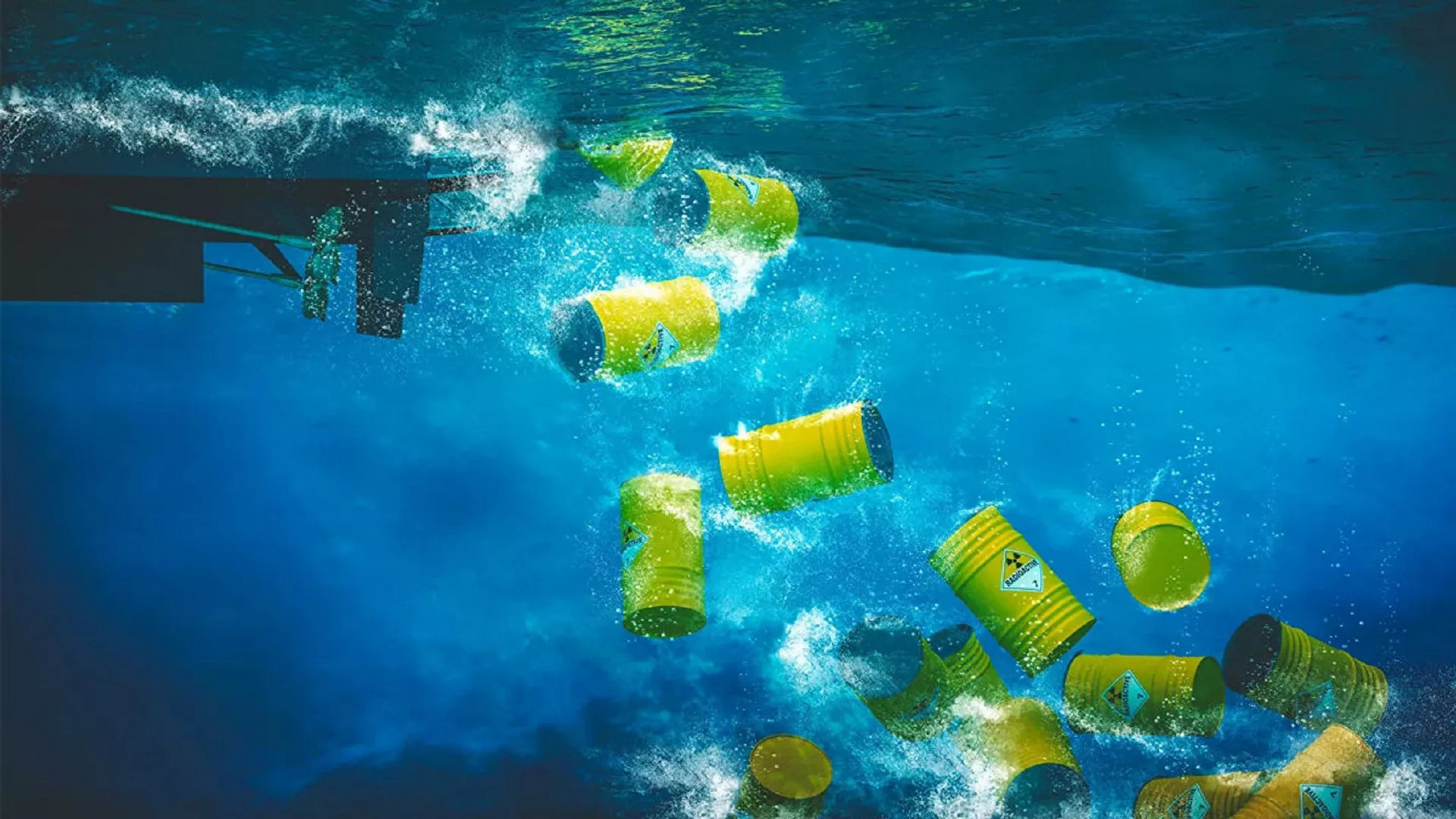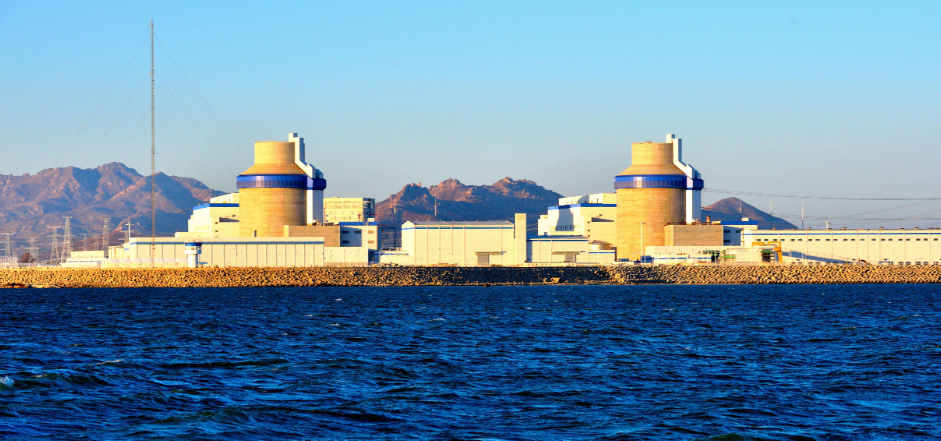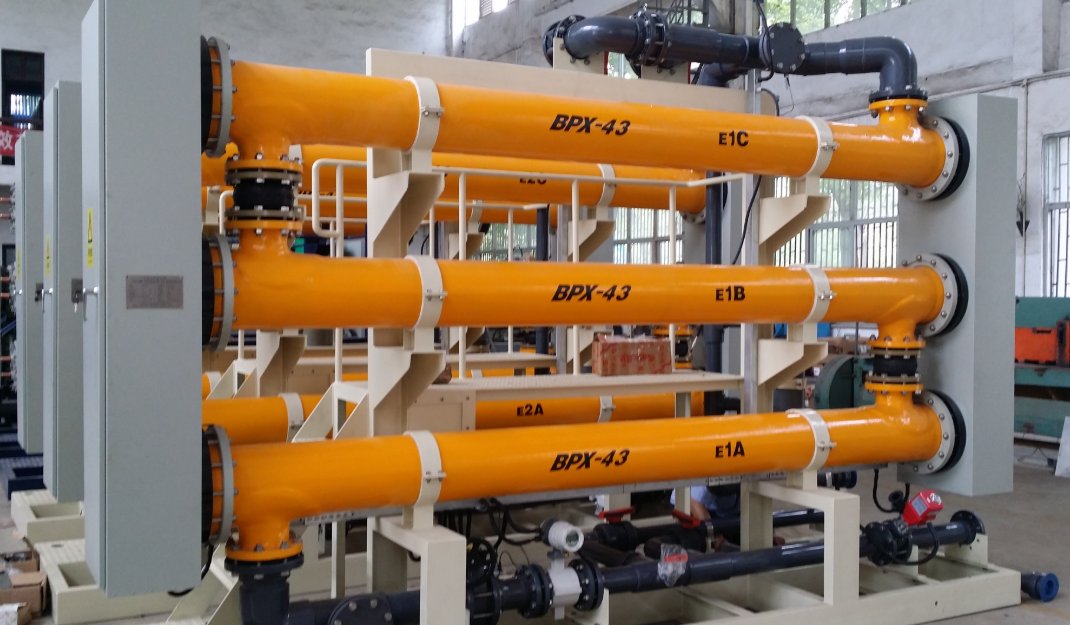In the high-stakes realm of nuclear power, where the margin for error is razor-thin, Chlory has emerged as a game-changer with its groundbreaking BSHH Sodium Hypochlorite Generation System. This innovative technology is not just another addition to the market; it's a comprehensive solution that is redefining safety, efficiency, and sustainability standards for nuclear plants worldwide.

A Global Problem, A Global Solution
For nuclear facilities, especially those located along coastlines, biofouling has long been a silent but persistent threat. Barnacles, mussels, and various marine organisms may seem harmless individually, but collectively, they can wreak havoc on cooling systems. These tiny invaders can reduce the efficiency of cooling systems by up to 40%, leading to increased energy consumption, higher operational costs, and even potential safety risks due to overheating.

Chlory's BSHH system steps in as the ultimate game-changer. By harnessing the power of seawater electrolysis, it generates sodium hypochlorite (NaClO) on-site, eliminating the need for the risky and costly transportation of pre-made chemicals. "Our system is designed to turn a major headache for nuclear operators into a manageable, even routine, part of plant operations," explains Dr. Emily Chen, Chlory's lead engineer on the BSHH project.
Unveiling the Technological Marvel
What sets the BSHH system apart is its combination of cutting-edge technology and intelligent design. At its core is the proprietary Continuous Turbulent Electrolysis (CTE) cell. This isn't just another electrolysis component; it's a self-cleaning powerhouse. Traditional systems often require frequent and expensive acid washing to keep electrodes clean, but the CTE cell's unique design ensures that maintenance needs are slashed by a remarkable 35%.
But the innovation doesn't stop there. The BSHH system is equipped with state-of-the-art sensors and AI-driven controls. These intelligent features constantly monitor crucial factors like water temperature, flow rate, and the presence of biological contaminants. Based on real-time data, the system can adjust the generation and dosing of NaClO with an astonishing accuracy of ±5%. "It's like having a team of experts analyzing and optimizing the system's performance every second of the day," says Dr. Chen.
Proven Success Across Continents
Chlory's BSHH system has already made a significant impact in nuclear plants around the world. In Japan, the Tomari Nuclear Power Plant was struggling with severe biofouling issues that were affecting its cooling system's performance. After implementing the BSHH system, the plant witnessed a staggering 97% reduction in cooling system blockages. "The results have been beyond our expectations," shares a relieved plant operator. "Not only has it improved our efficiency, but it has also given us greater peace of mind knowing that our systems are better protected."
In the United States, at the Palo Verde Nuclear Generating Station, the BSHH system has been a game-changer in managing radioactive corrosion products. By integrating the system with its existing digital control systems, the plant has been able to cut radioactive corrosion product levels by 45%, greatly enhancing safety for workers and ensuring strict compliance with environmental regulations.
A Commitment to a Sustainable Future
Chlory is not just focused on solving today's problems; the company has its eyes firmly set on the future of nuclear power. As the industry moves towards the development and implementation of small modular reactors (SMRs), Chlory is already ahead of the curve. The company is actively working on a compact version of the BSHH system specifically designed for SMRs. This new model is expected to use 30% less energy while maintaining the same high level of performance. "SMRs are the future of nuclear energy, and we want to make sure that our technology evolves with the industry," says Chlory's CEO, Mr. David Wang.

The company is also deeply committed to environmental sustainability. The BSHH system is designed with built-in dechlorination modules that ensure discharged water has residual chlorine levels well below the strict international standards set by the International Maritime Organization (IMO). Independent tests have shown that the treated water has an impressive 96% survival rate for marine plankton, demonstrating Chlory's dedication to protecting the marine ecosystem.
Partnering for Progress
"At Chlory, we believe that our success is measured by the success of our clients," says Mr. Wang. "We don't just sell a product; we offer a partnership. Our team of experts works closely with nuclear plant operators from the initial consultation all the way through to ongoing support and maintenance."

For nuclear operators around the world, Chlory's BSHH system represents a new era of safety and efficiency. It's a testament to what can be achieved when innovation, expertise, and a commitment to excellence come together. As the demand for reliable, clean energy continues to grow, Chlory is poised to play an even more significant role in shaping the future of nuclear power.
